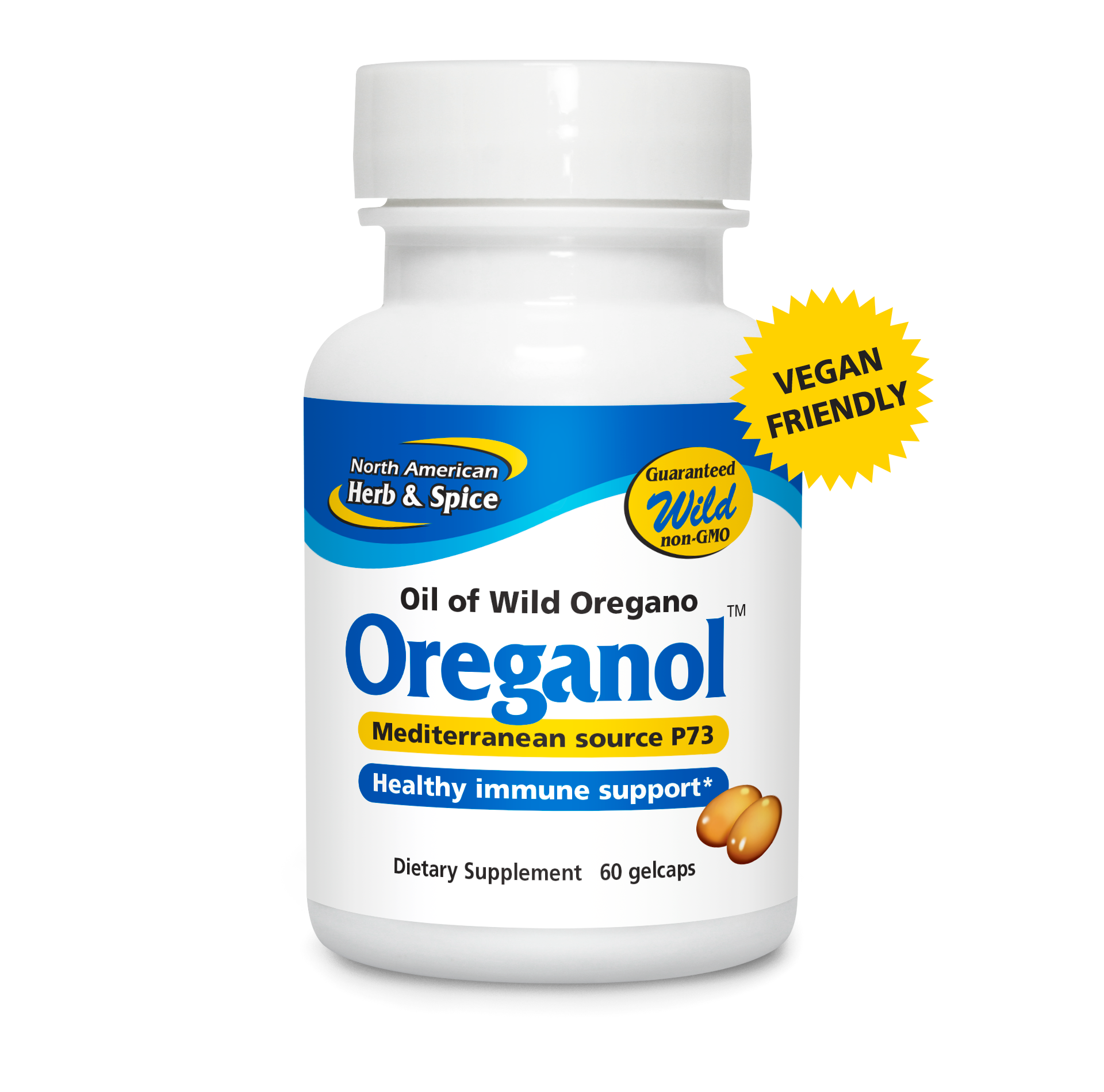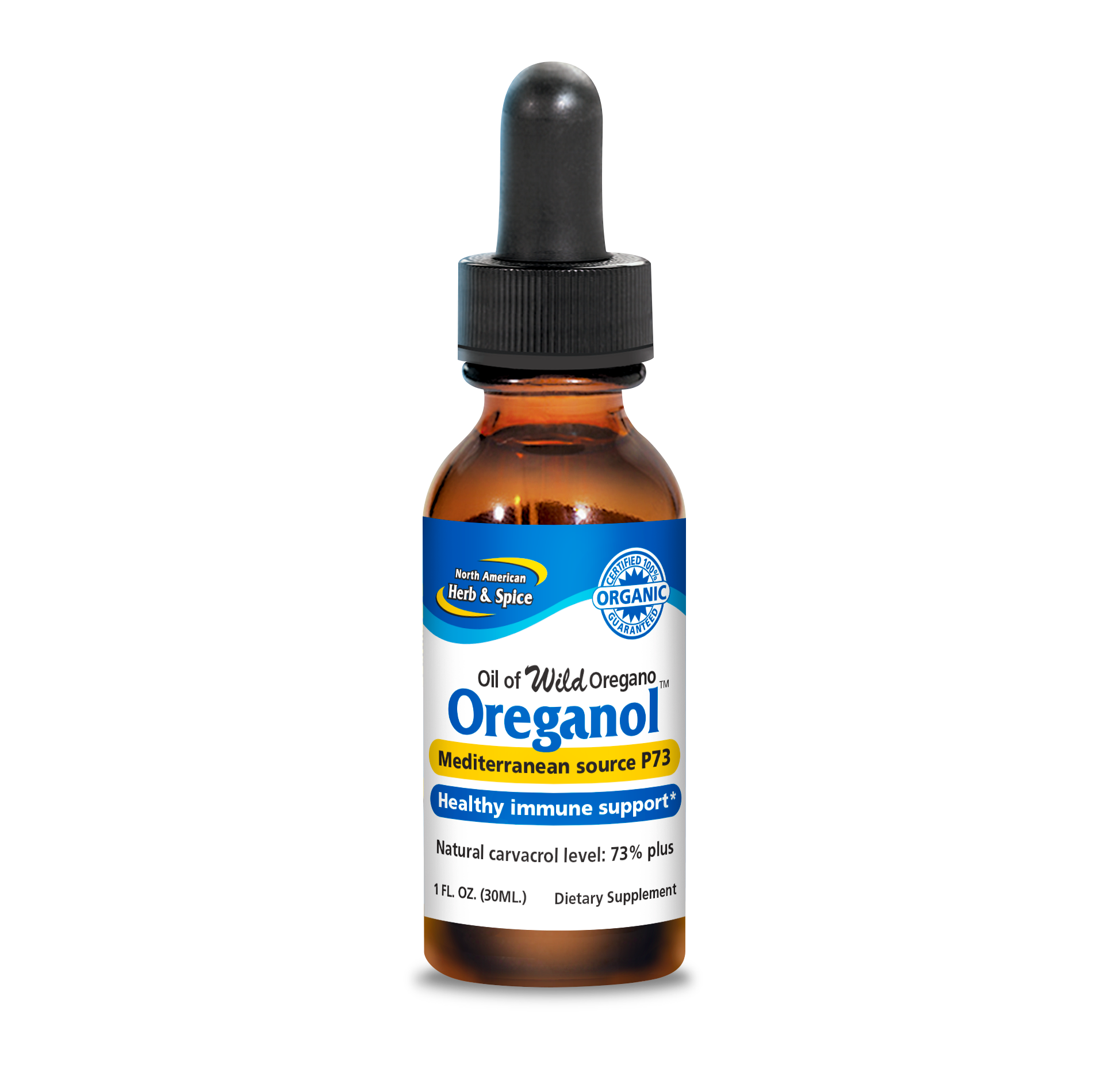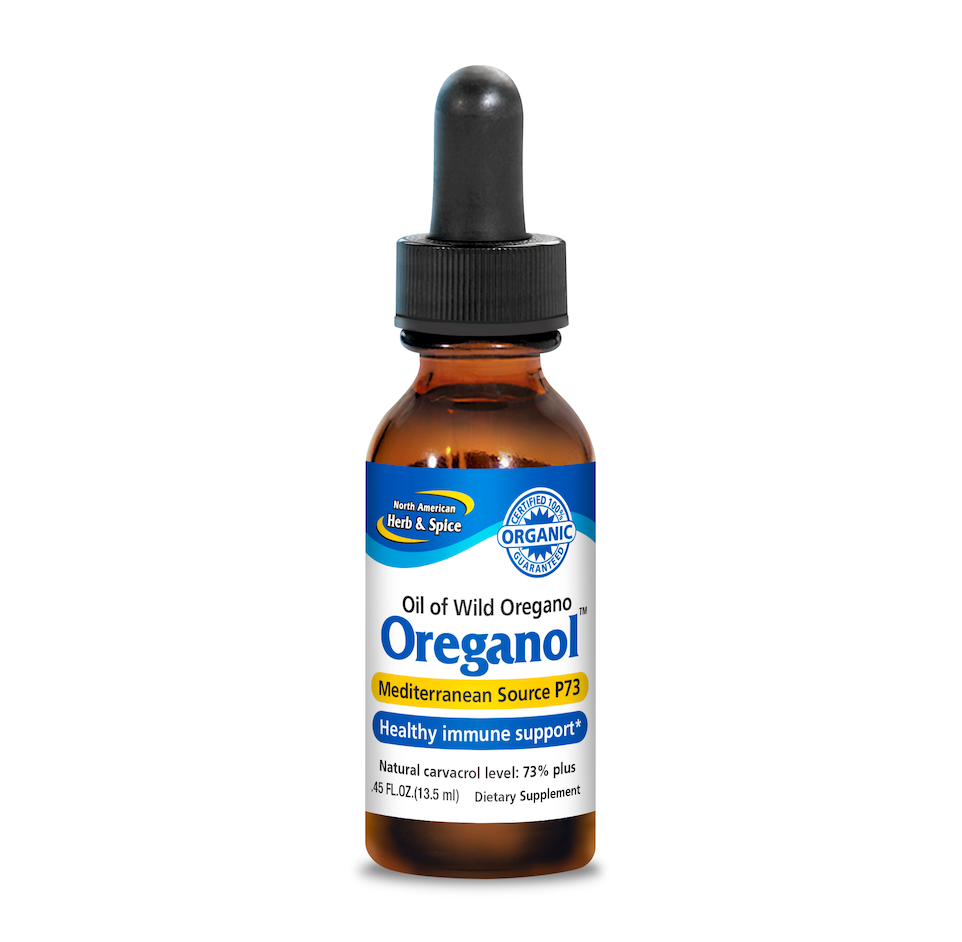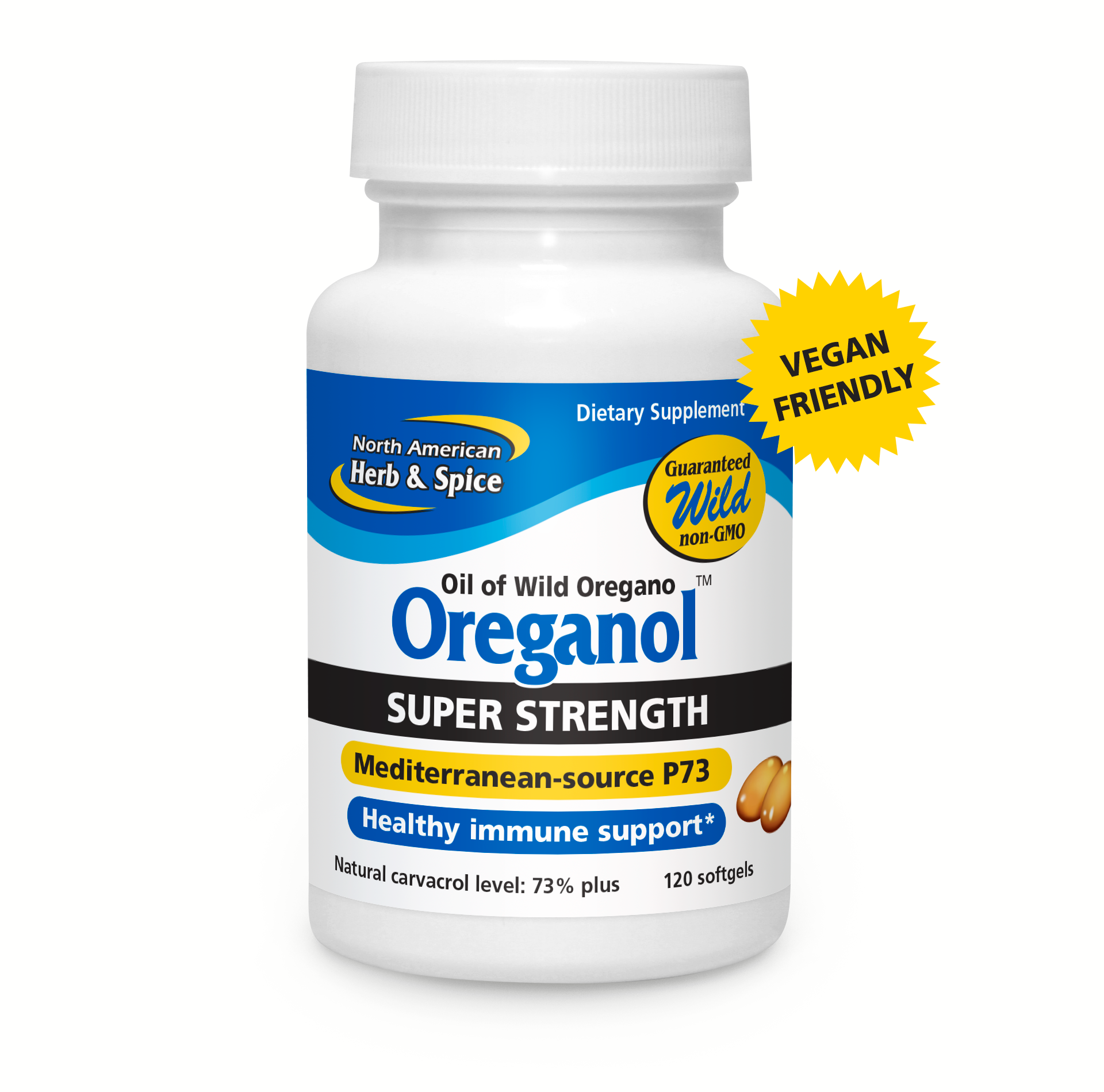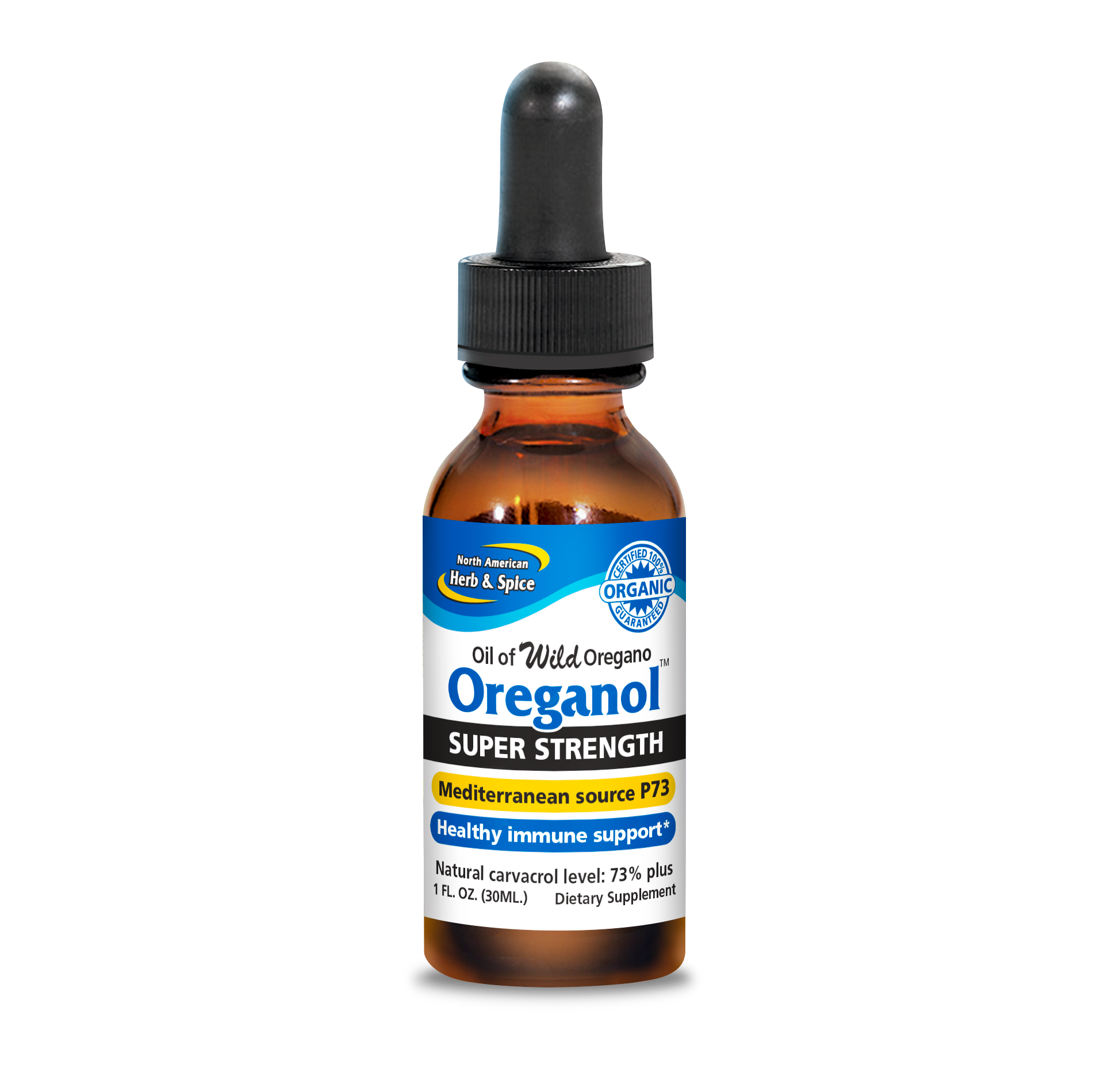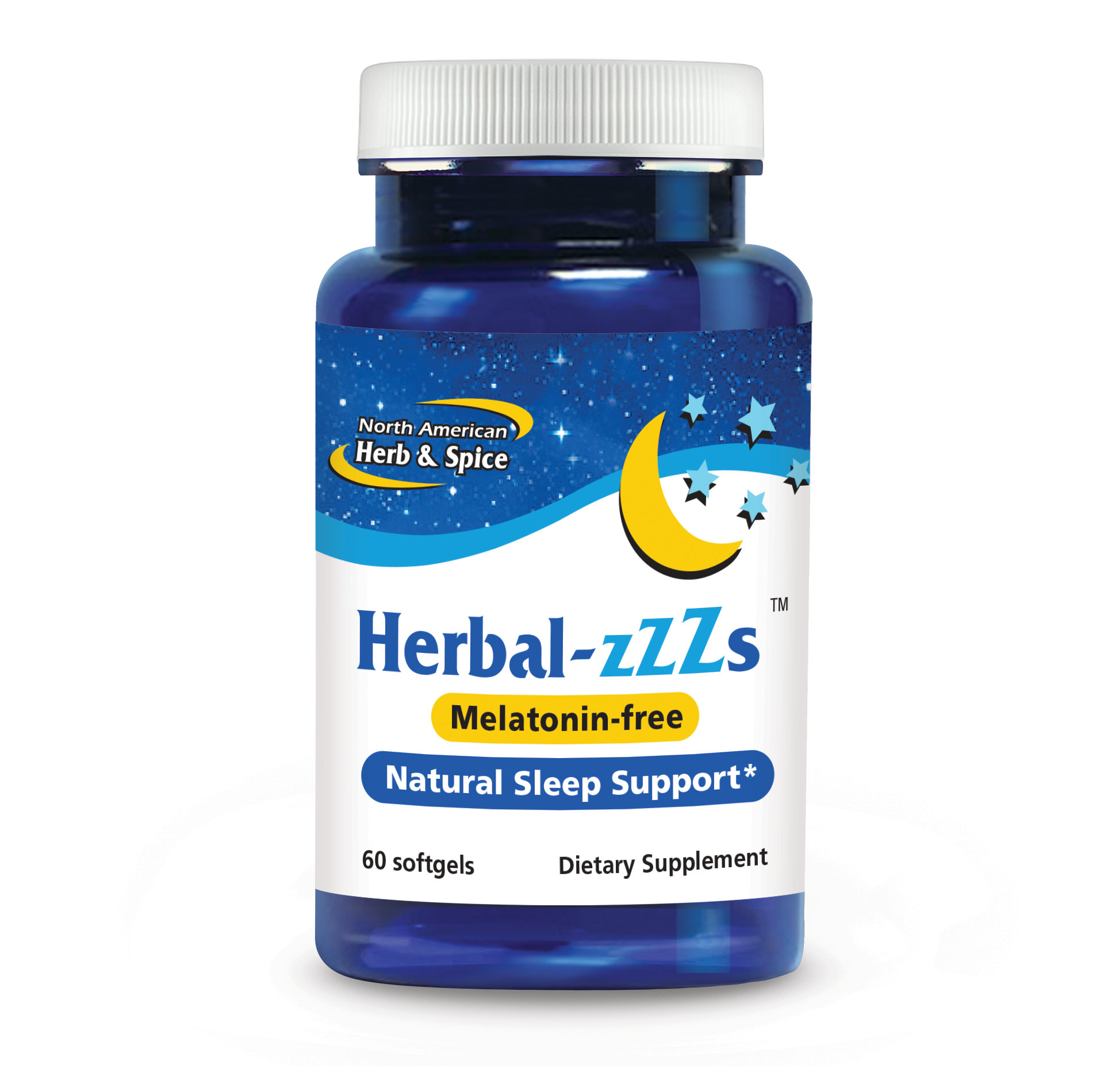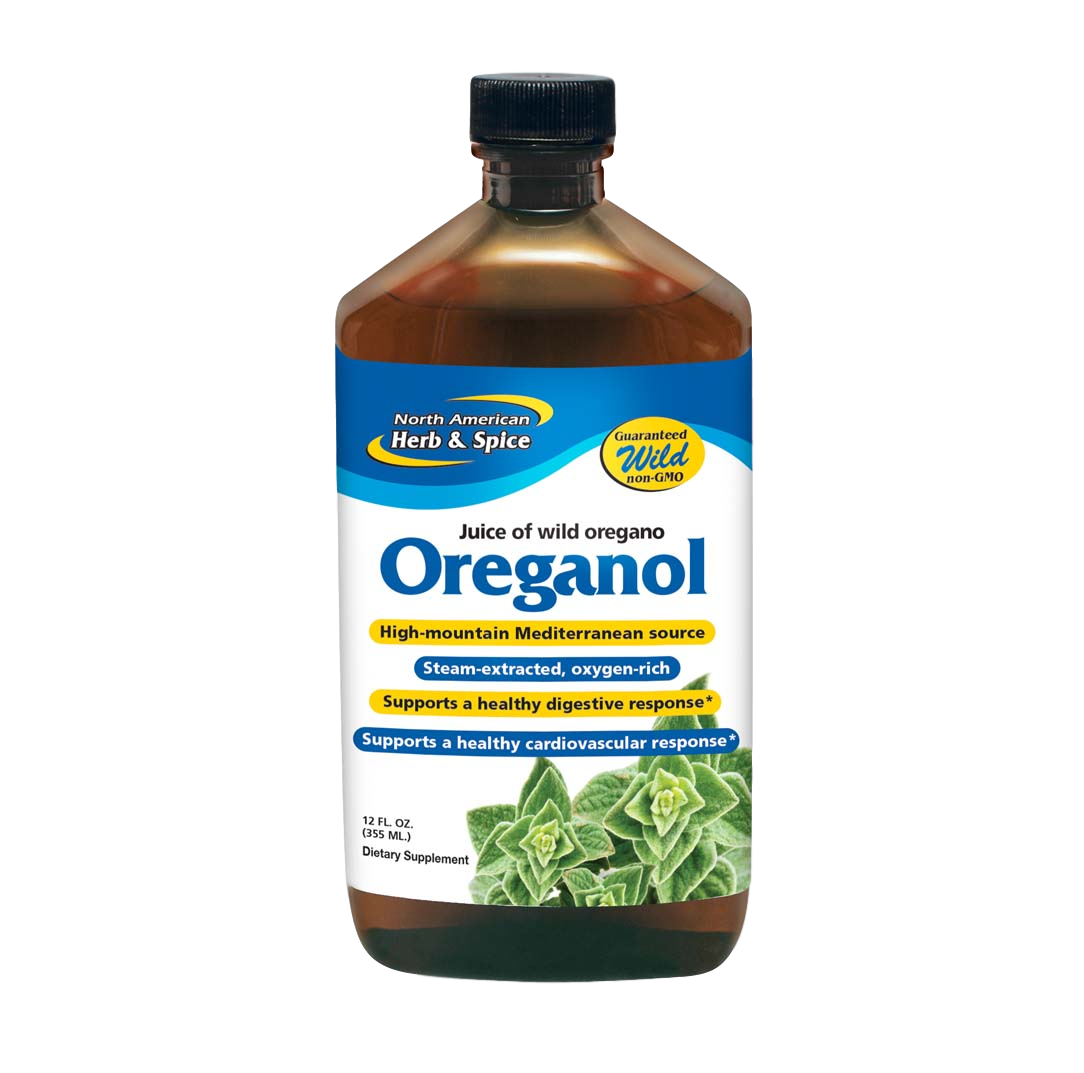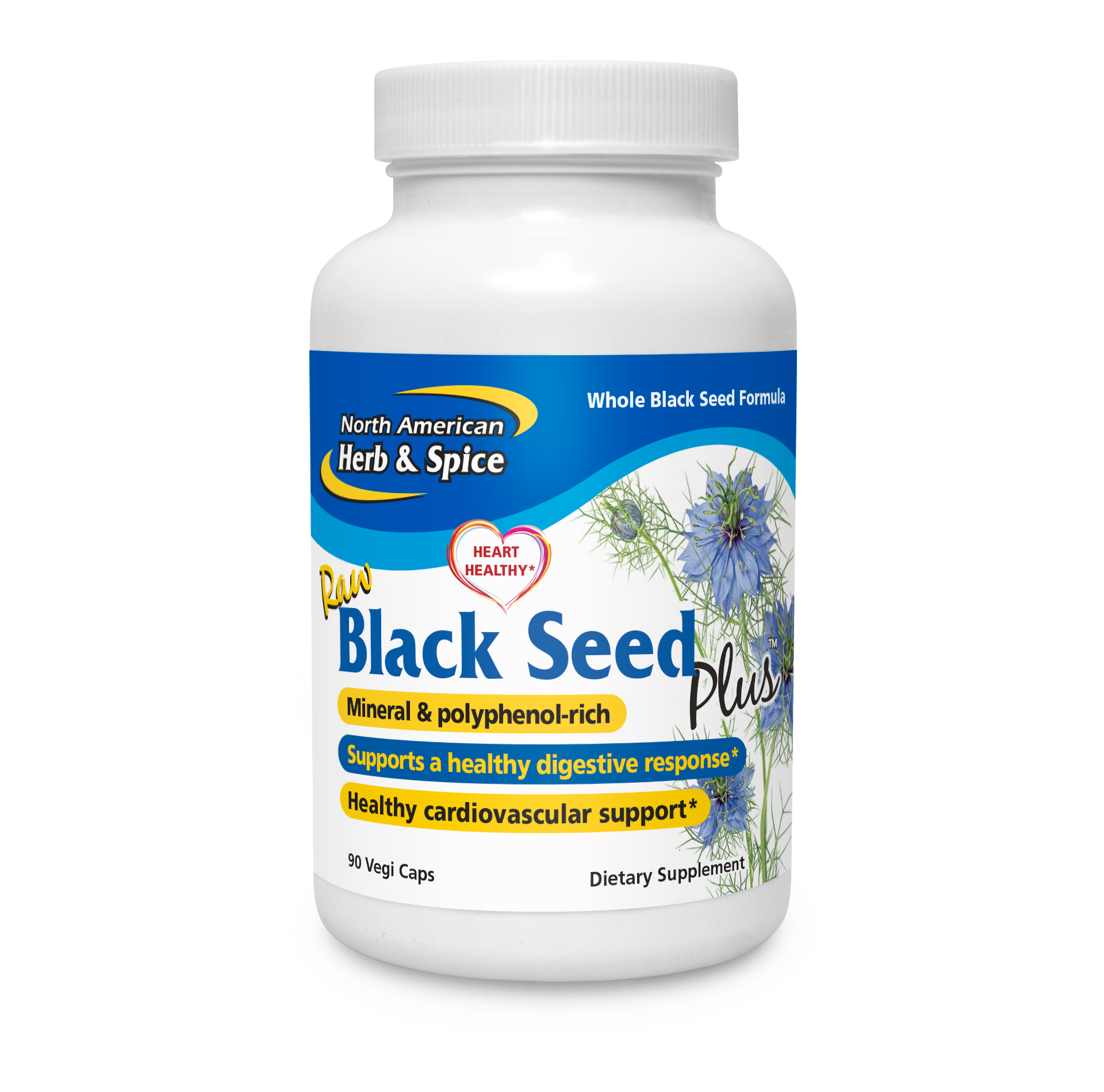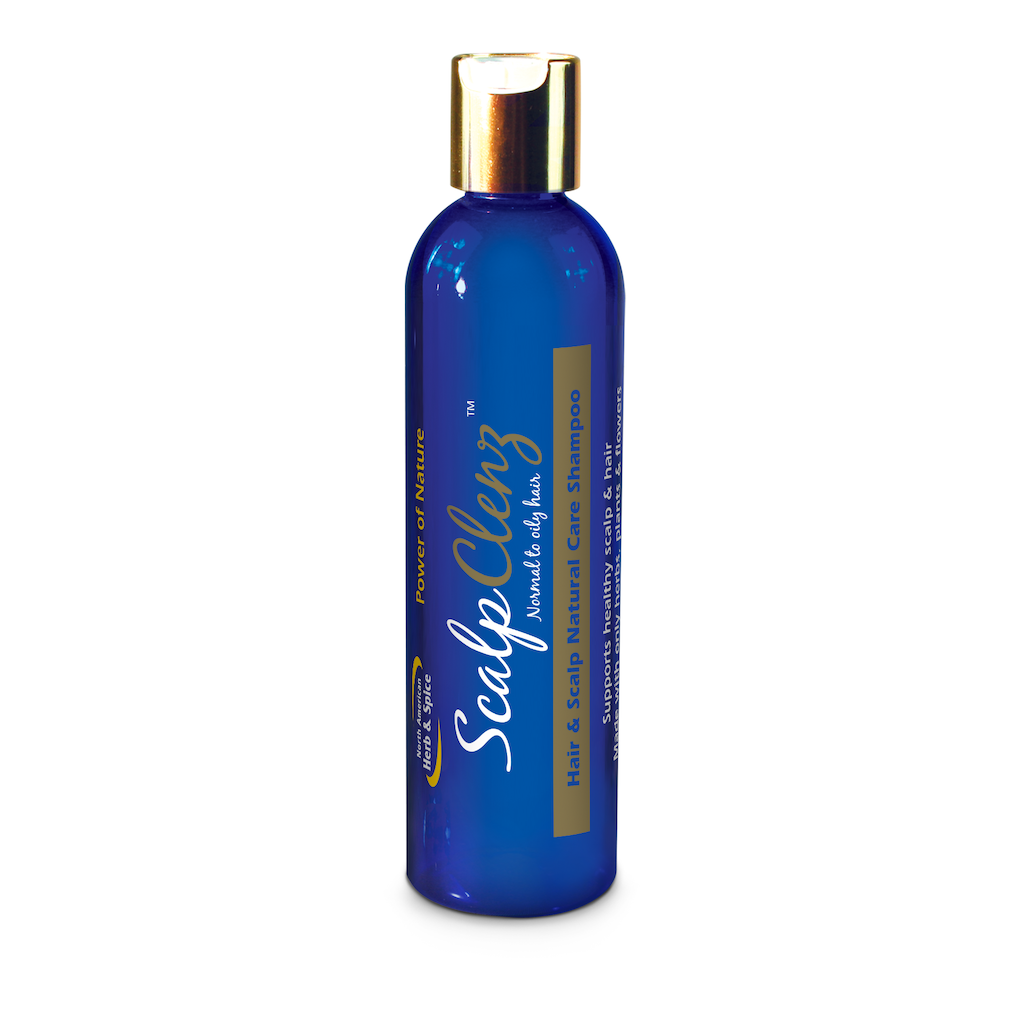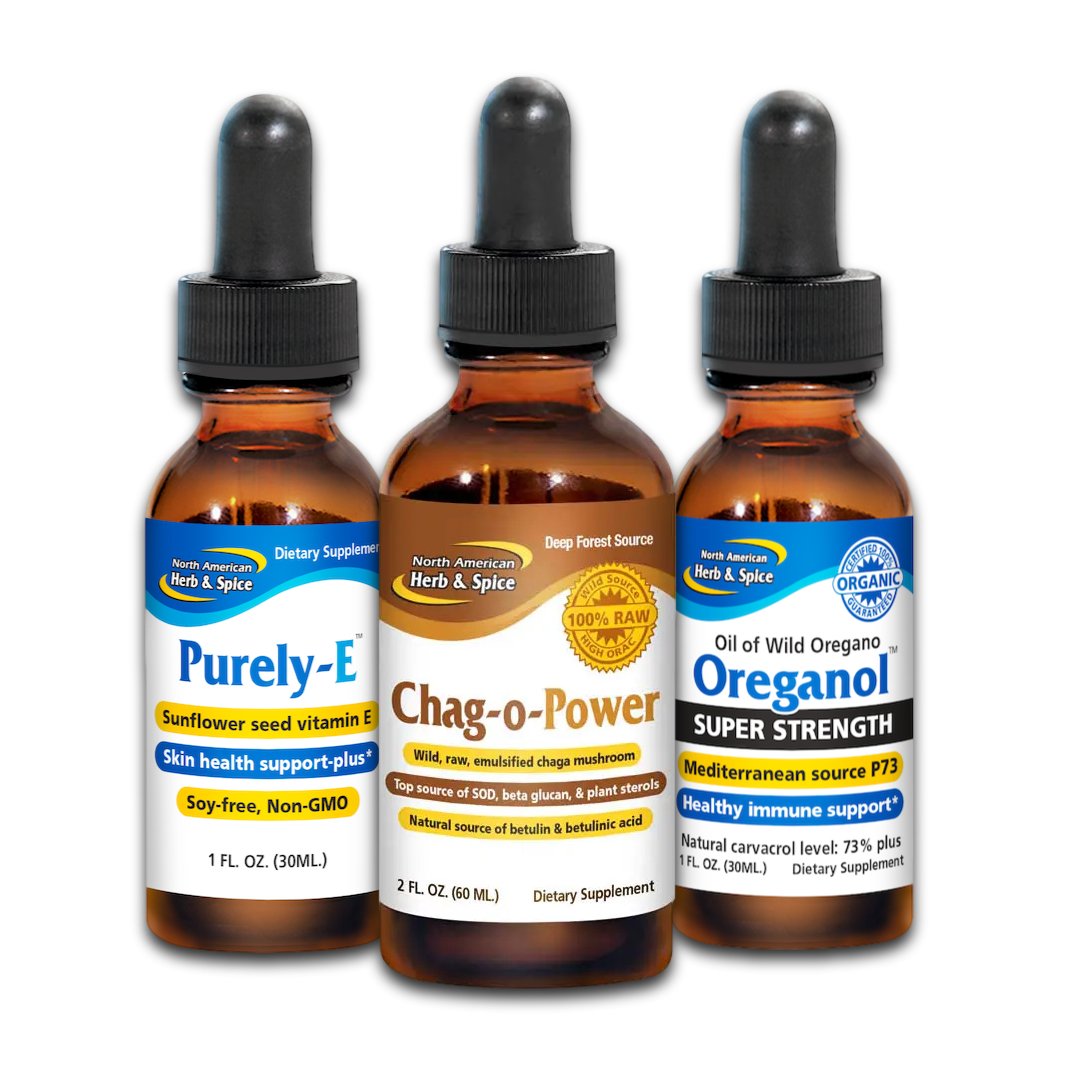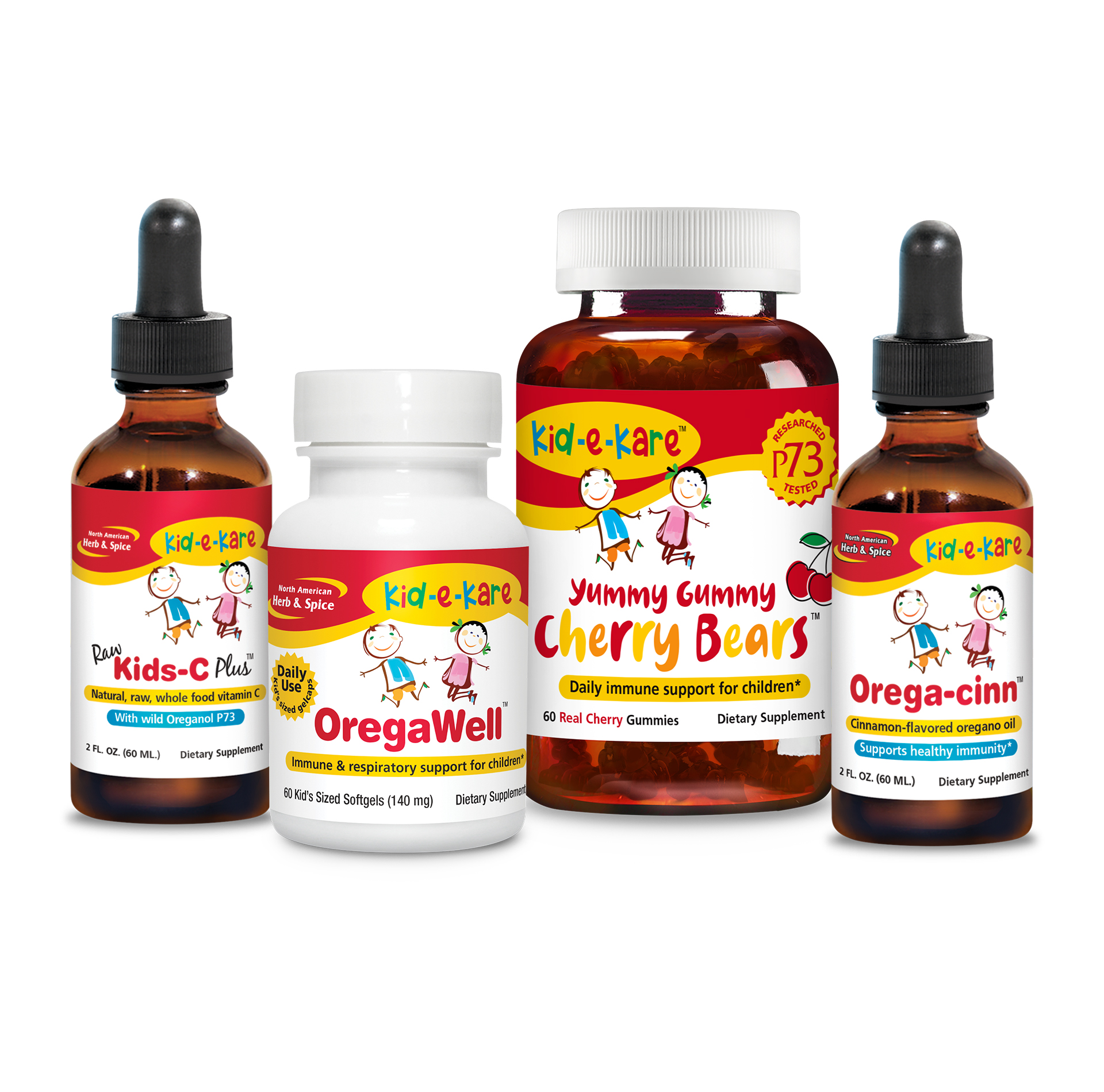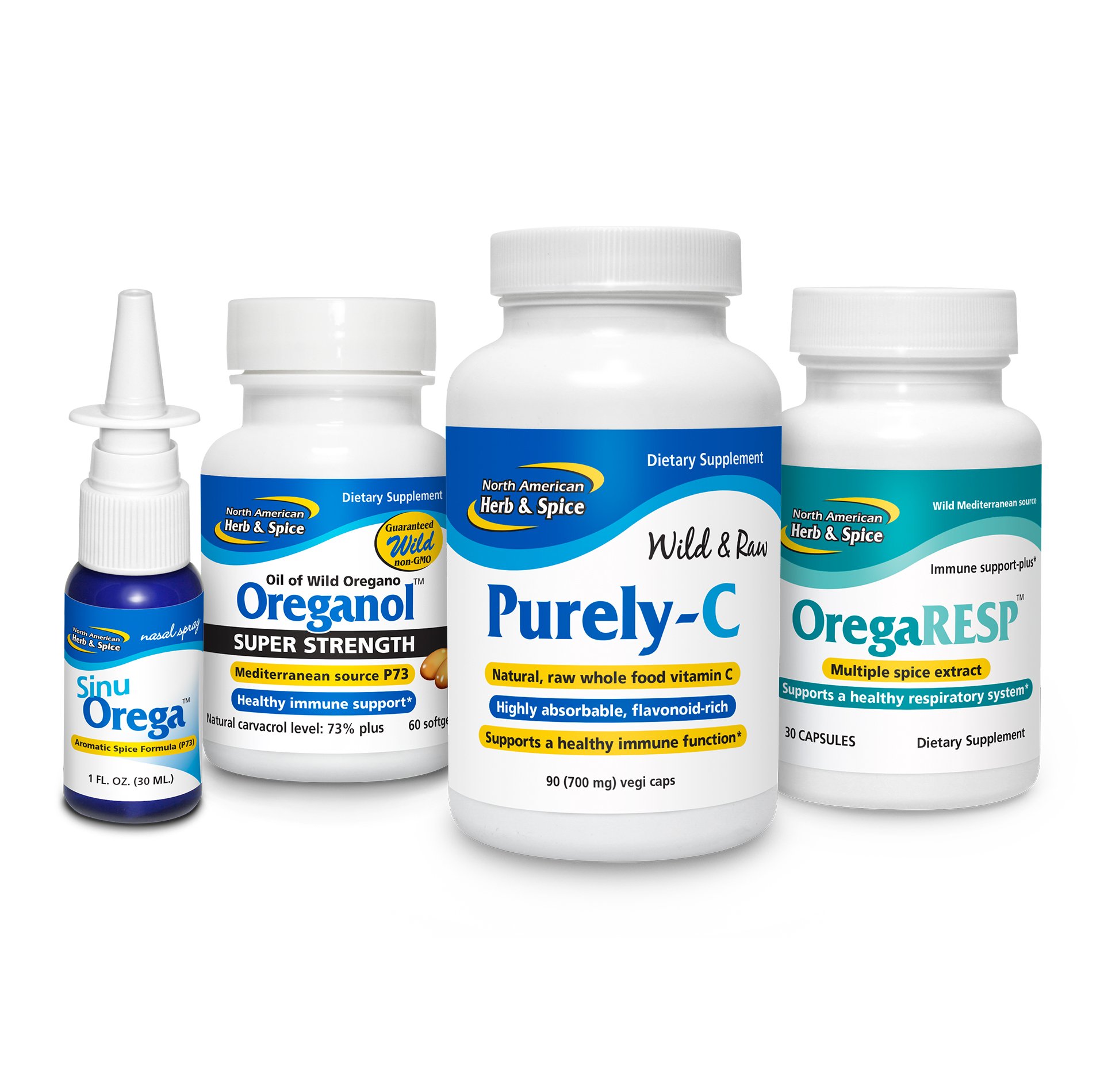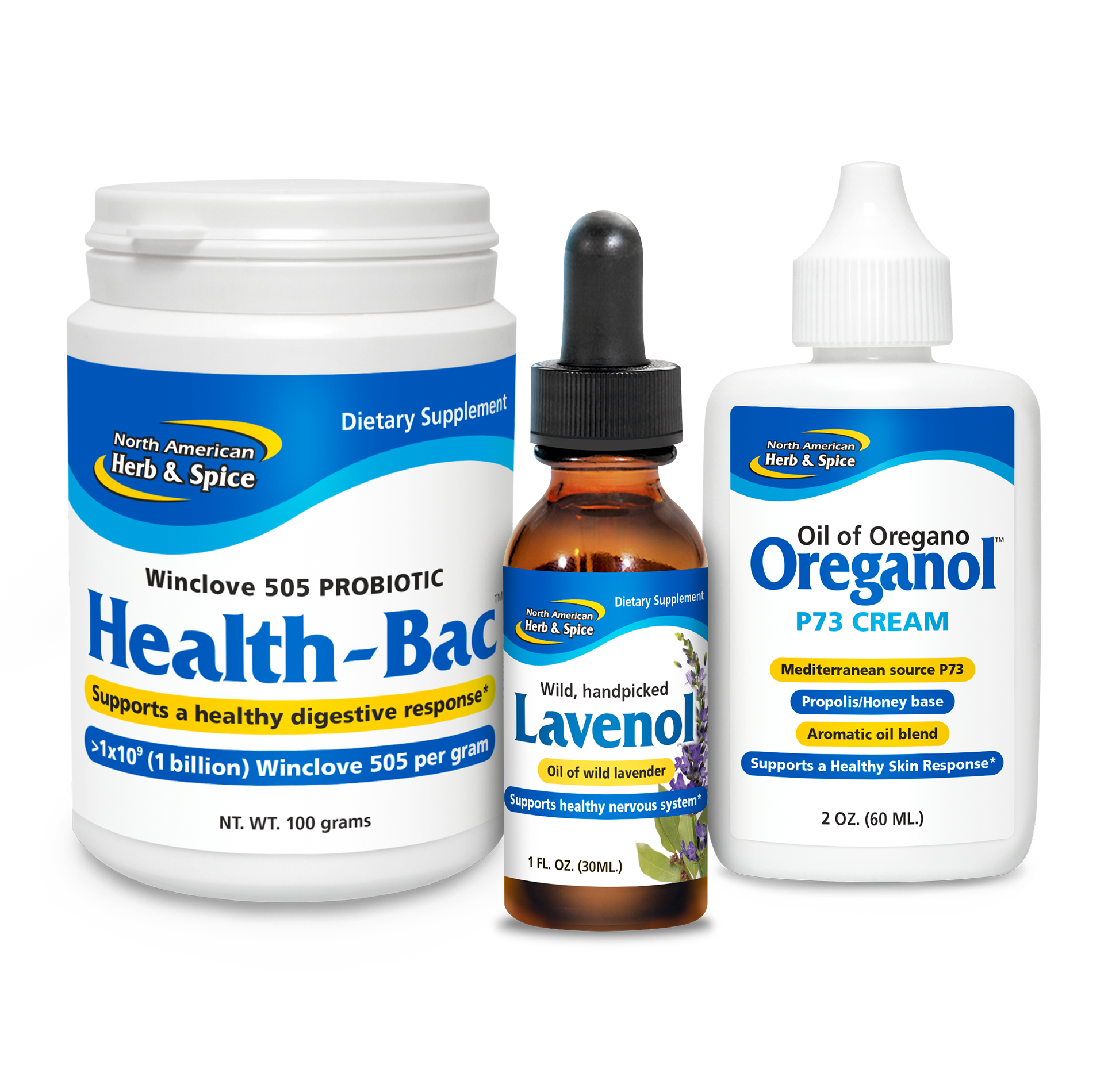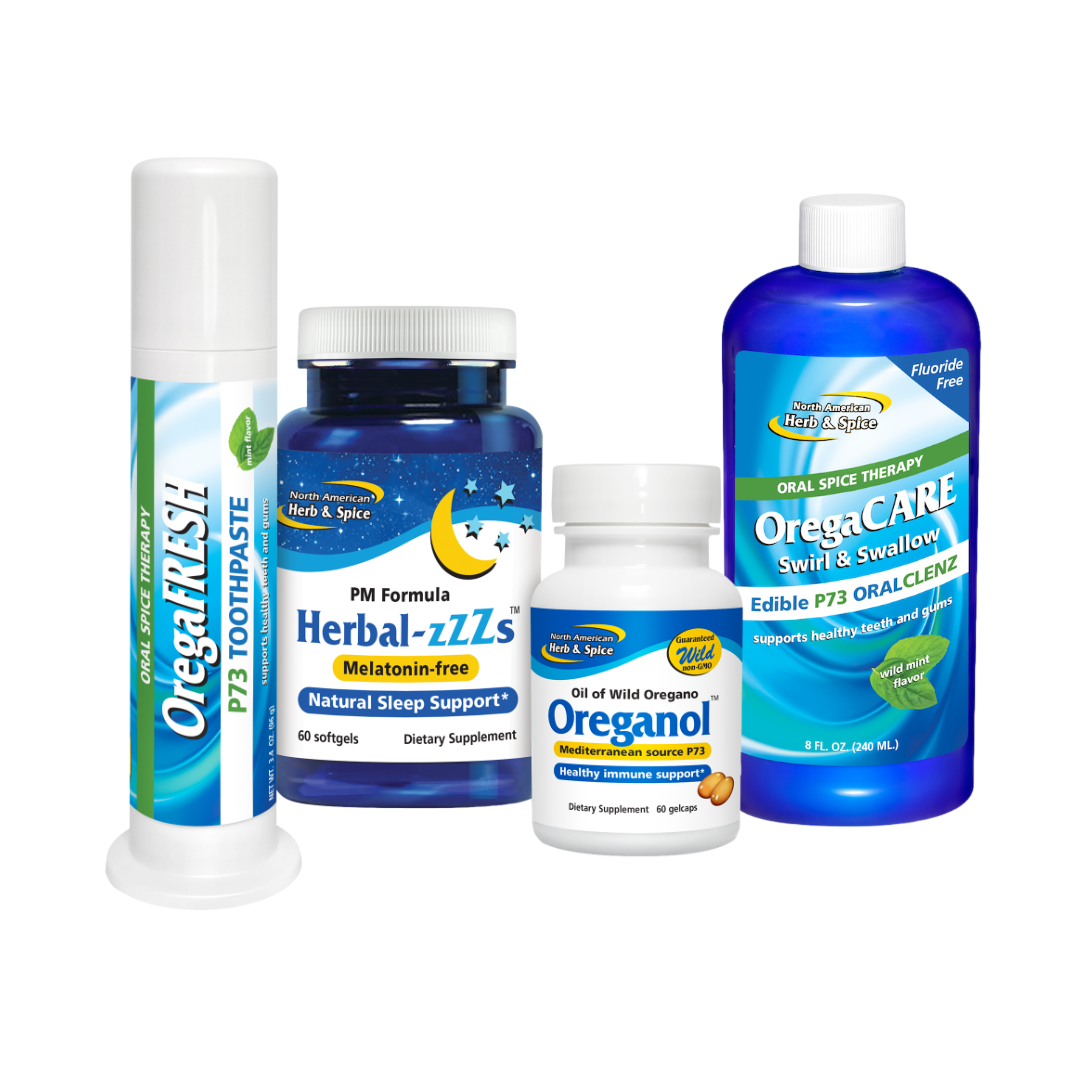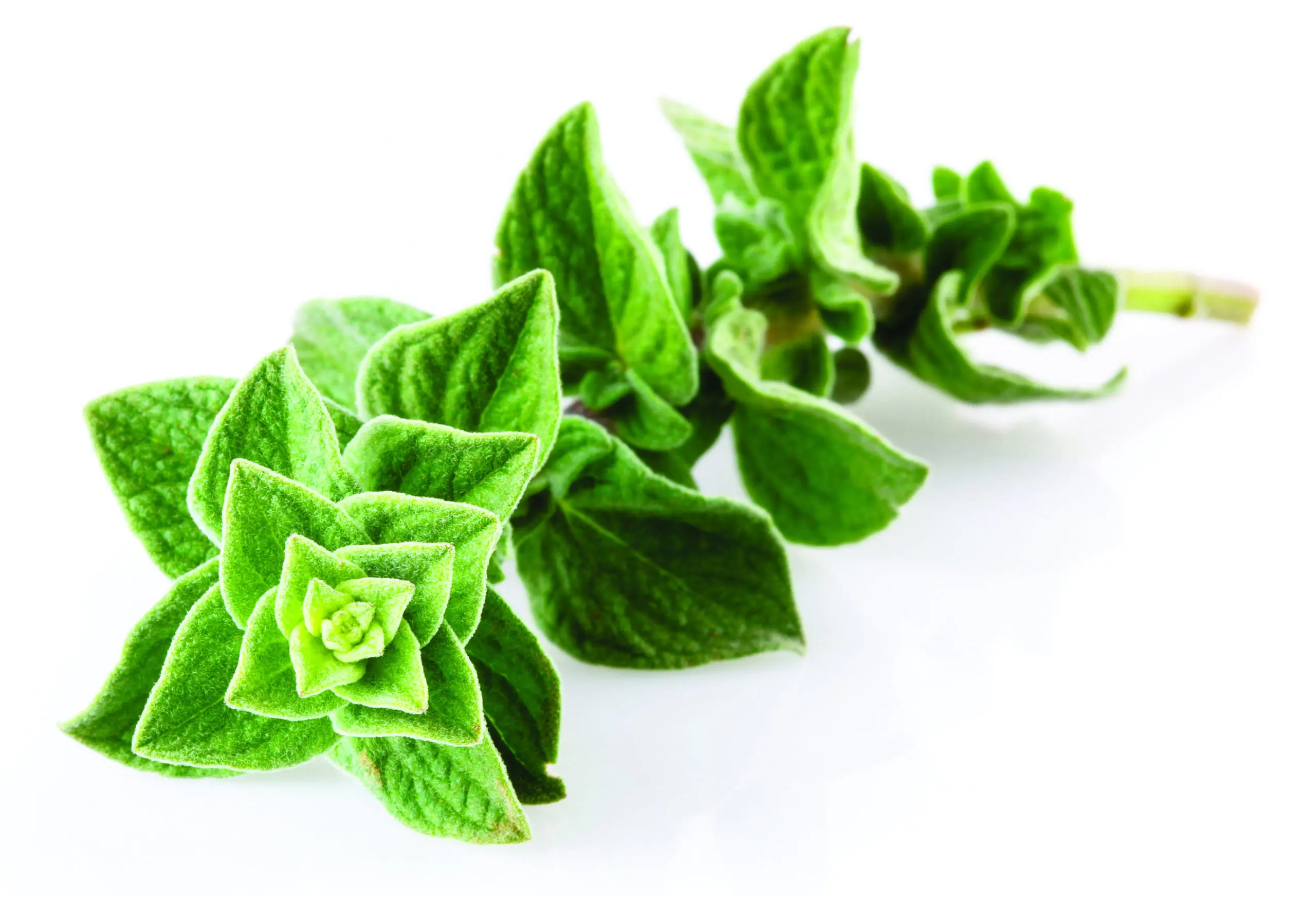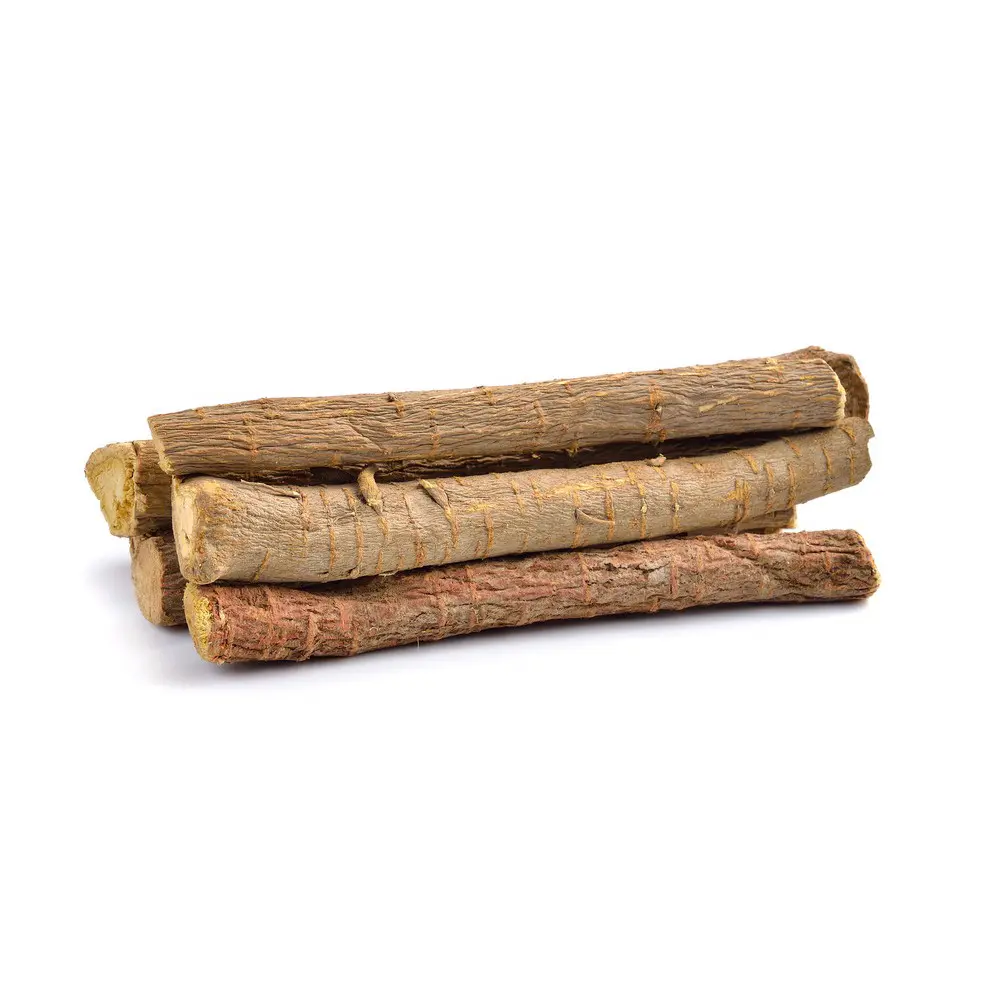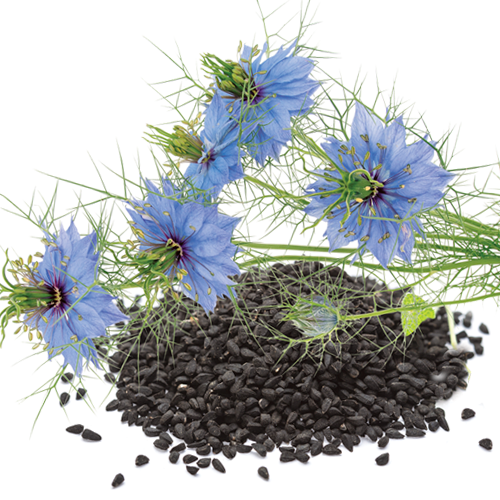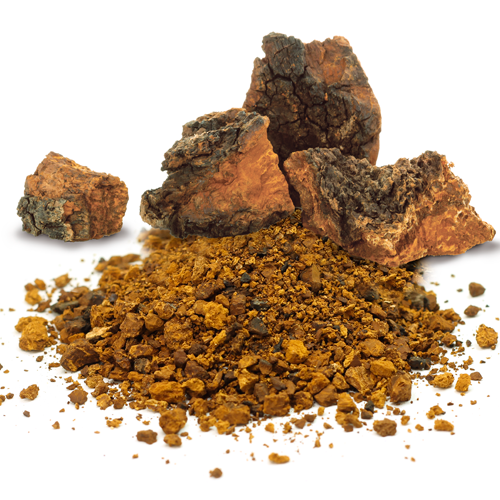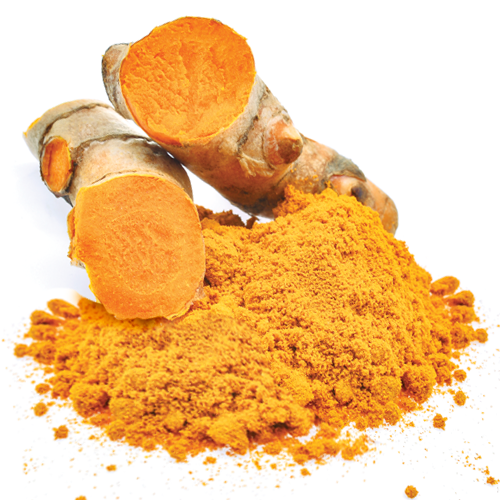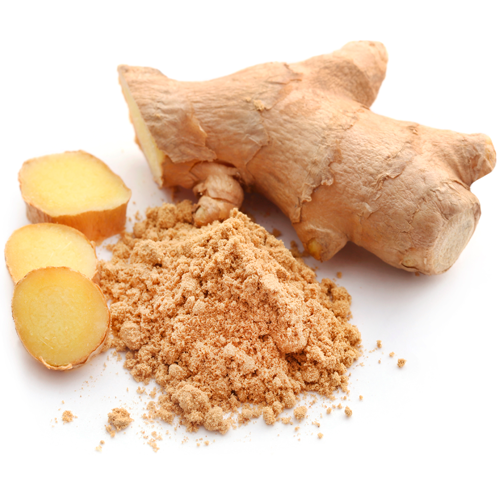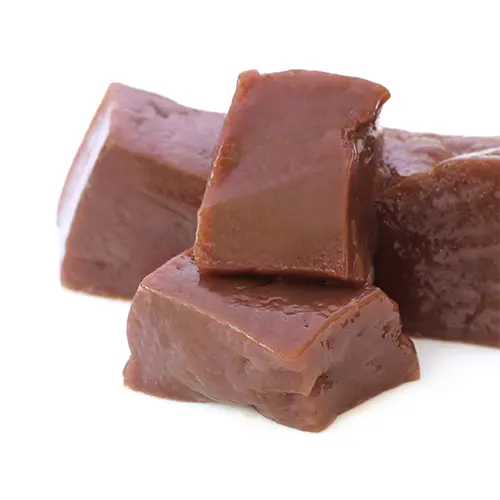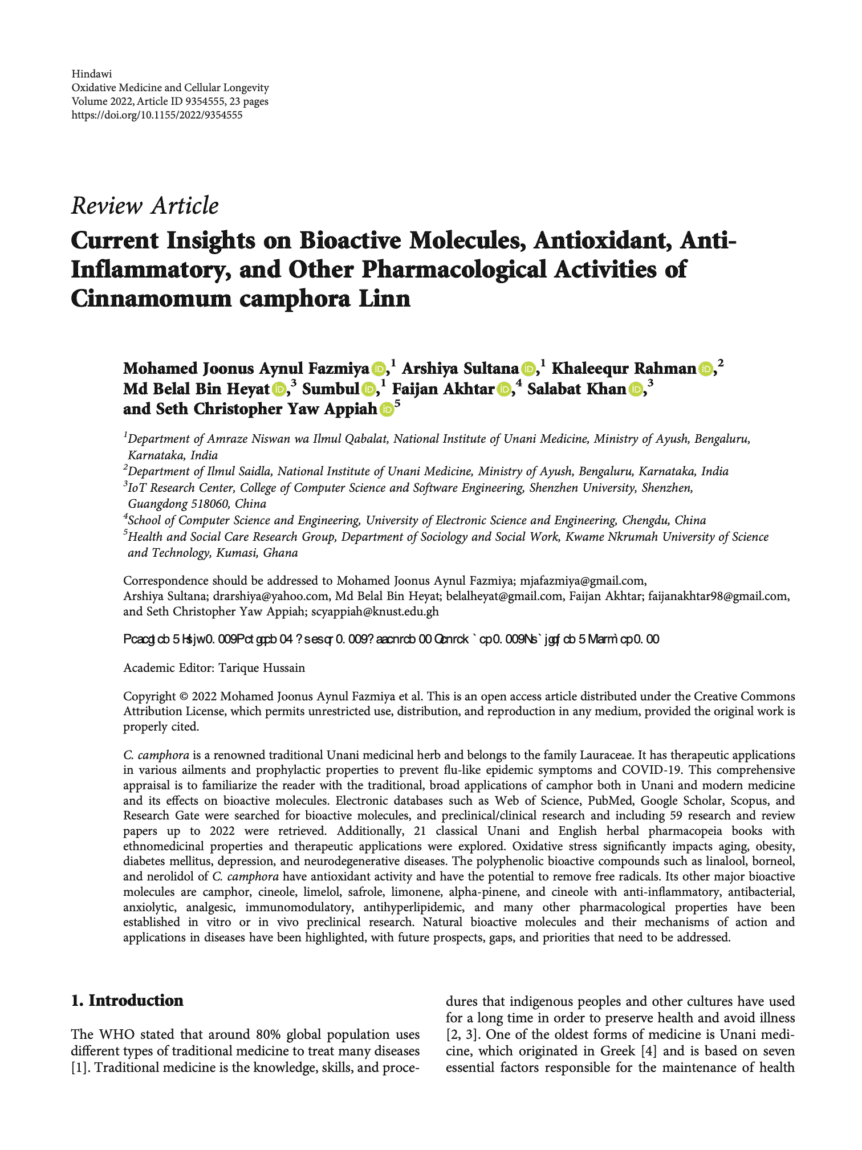
Current Insights on Bioactive Molecules, Antioxidant, Anti-Inflammatory, and Other Pharmacological Activities of Cinnamomum camphora Linn
C. camphora is a renowned traditional Unani medicinal herb and belongs to the family Lauraceae. It has therapeutic applications in various ailments and prophylactic properties to prevent flu-like epidemic symptoms and COVID-19. This comprehensive appraisal is to familiarize the reader with the traditional, broad applications of camphor both in Unani and modern medicine and its effects on bioactive molecules. Electronic databases such as Web of Science, PubMed, Google Scholar, Scopus, and Research Gate were searched for bioactive molecules, and preclinical/clinical research and including 59 research and review papers up to 2022 were retrieved. Additionally, 21 classical Unani and English herbal pharmacopeia books with ethnomedicinal properties and therapeutic applications were explored. Oxidative stress significantly impacts aging, obesity, diabetes mellitus, depression, and neurodegenerative diseases. The polyphenolic bioactive compounds such as linalool, borneol, and nerolidol of C. camphora have antioxidant activity and have the potential to remove free radicals. Its other major bioactive molecules are camphor, cineole, limelol, safrole, limonene, alpha-pinene, and cineole with anti-inflammatory, antibacterial, anxiolytic, analgesic, immunomodulatory, antihyperlipidemic, and many other pharmacological properties have been established in vitro or in vivo preclinical research. Natural bioactive molecules and their mechanisms of action and applications in diseases have been highlighted, with future prospects, gaps, and priorities that need to be addressed.

